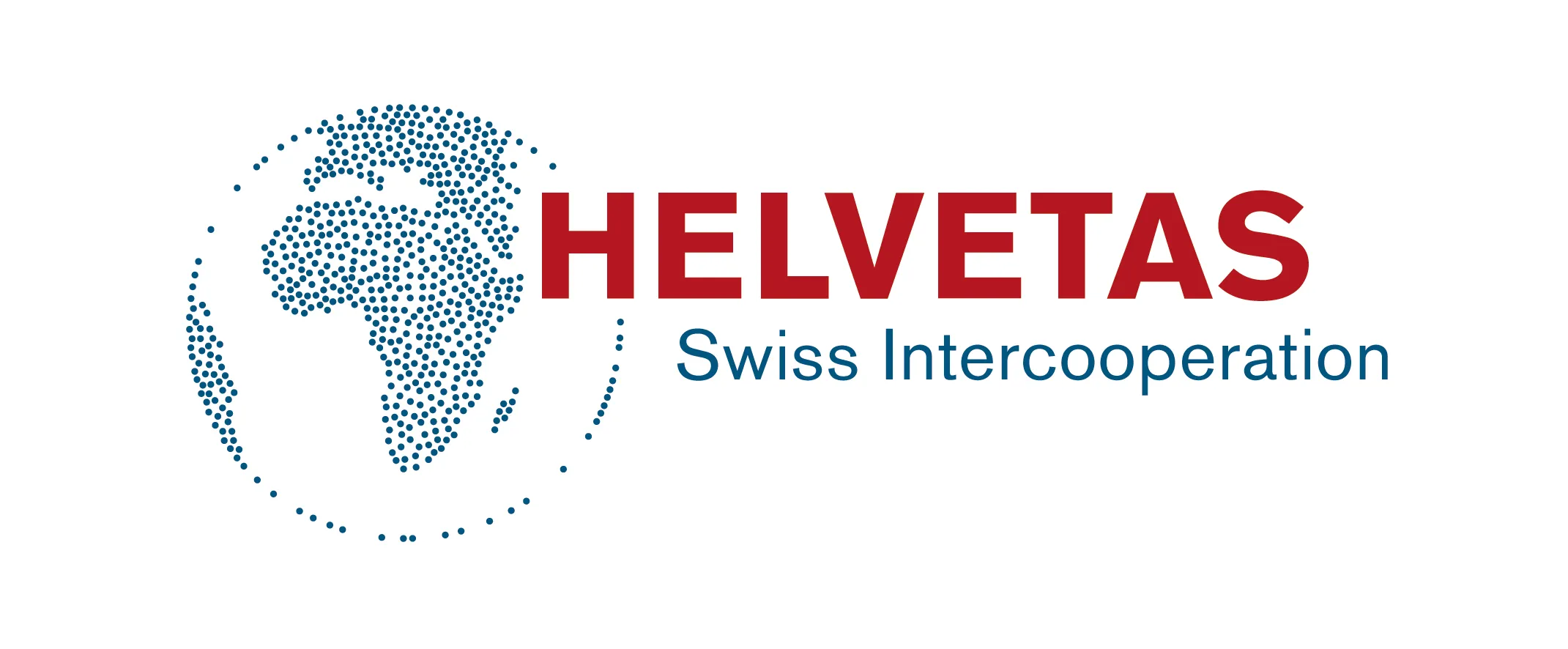Tableau
WHAT PROBLEMS DOES IT FIX?
Inefficient Decision Making: Without Tableau, businesses may make decisions based on incomplete or inaccurate data, leading to poor outcomes.
Lack of Data-Driven Insights: Tableau helps uncover hidden patterns and trends in data, which businesses without it may miss out on.
Poor Data Visualization: Without Tableau, data may be difficult to understand and interpret, leading to poor business decisions.
Missed Opportunities: Businesses without Tableau may miss out on identifying new opportunities or threats due to lack of data-driven insights.
Inaccurate Forecasting: Tableau helps create accurate forecasts, which businesses without it may struggle to achieve.
Lack of Transparency: Tableau provides a clear and transparent view of data, which businesses without it may lack.
Inefficient Resource Allocation: Without Tableau, businesses may allocate resources inefficiently due to lack of data-driven insights.
Difficulty in Identifying Trends: Tableau helps identify trends and patterns in data, which businesses without it may struggle to identify.
Insufficient Competitive Analysis: Businesses without Tableau may struggle to analyze competitors and market trends effectively.
Lack of Real-Time Insights: Tableau provides real-time insights, which businesses without it may not have access to.
Inadequate Risk Management: Businesses without Tableau may struggle to identify and mitigate risks due to lack of data-driven insights.
Inefficient Supply Chain Management: Tableau helps optimize supply chain operations, which businesses without it may struggle to achieve.
Difficulty in Identifying Customer Needs: Tableau helps businesses understand customer needs and preferences, which businesses without it may struggle to identify.
Lack of Personalization: Businesses without Tableau may struggle to personalize customer experiences due to lack of data-driven insights.
Inefficient Marketing Campaigns: Tableau helps optimize marketing campaigns, which businesses without it may struggle to achieve.
Difficulty in Measuring ROI: Businesses without Tableau may struggle to measure the ROI of marketing campaigns and investments.
Inaccurate Sales Forecasts: Tableau helps create accurate sales forecasts, which businesses without it may struggle to achieve.
Lack of Transparency in Financial Reporting: Tableau provides transparent financial reporting, which businesses without it may lack.
Inefficient Inventory Management: Tableau helps optimize inventory management, which businesses without it may struggle to achieve.
Difficulty in Identifying Operational Inefficiencies: Businesses without Tableau may struggle to identify operational inefficiencies and areas for improvement.
Lack of Real-Time Monitoring: Tableau provides real-time monitoring capabilities, which businesses without it may not have access to.
Inefficient HR Management: Tableau helps optimize HR operations, which businesses without it may struggle to achieve.
Difficulty in Identifying Training Needs: Businesses without Tableau may struggle to identify training needs and areas for improvement.
Lack of Data Security: Tableau provides enterprise-grade data security, which businesses without it may lack.
Inefficient IT Operations: Tableau helps optimize IT operations, which businesses without it may struggle to achieve.
Difficulty in Identifying IT Inefficiencies: Businesses without Tableau may struggle to identify IT inefficiencies and areas for improvement.
Lack of Compliance: Tableau helps ensure compliance with regulatory requirements, which businesses without it may struggle to achieve.
Inefficient Customer Service: Tableau helps optimize customer service operations, which businesses without it may struggle to achieve.
Difficulty in Identifying Customer Pain Points: Businesses without Tableau may struggle to identify customer pain points and areas for improvement.
Lack of Innovation: Tableau provides a platform for innovation and digital transformation, which businesses without it may lack.
Inefficient Partnerships and Collaborations: Tableau helps optimize partnerships and collaborations, which businesses without it may struggle to achieve.
Difficulty in Identifying New Business Opportunities: Businesses without Tableau may struggle to identify new business opportunities and areas for growth.
Lack of Agility: Tableau provides a platform for agile decision-making, which businesses without it may lack.
Inefficient Cost Management: Tableau helps optimize cost management, which businesses without it may struggle to achieve.
Difficulty in Identifying Cost Savings: Businesses without Tableau may struggle to identify cost savings opportunities and areas for improvement.
Lack of Sustainability: Tableau helps businesses achieve sustainability goals, which businesses without it may lack.
Inefficient Procurement: Tableau helps optimize procurement operations, which businesses without it may struggle to achieve.
Difficulty in Identifying Procurement Inefficiencies: Businesses without Tableau may struggle to identify procurement inefficiencies and areas for improvement.
Lack of Transparency in Supply Chain: Tableau provides transparent supply chain management, which businesses without it may lack.
Inefficient Logistics Management: Tableau helps optimize logistics operations, which businesses without it may struggle to achieve.
Difficulty in Identifying Logistics Inefficiencies: Businesses without Tableau may struggle to identify logistics inefficiencies and areas for improvement.
Tableau
$1000 - 10000 per installation
We can get data from any ERP system and database for visualization on Tableau Business Analytics platform [or other platforms of choice].
WHAT PROBLEMS DOES IT FIX?
Inefficient Decision Making: Without Tableau, businesses may make decisions based on incomplete or inaccurate data, leading to poor outcomes.
Lack of Data-Driven Insights: Tableau helps uncover hidden patterns and trends in data, which businesses without it may miss out on.
Poor Data Visualization: Without Tableau, data may be difficult to understand and interpret, leading to poor business decisions.
Missed Opportunities: Businesses without Tableau may miss out on identifying new opportunities or threats due to lack of data-driven insights.
Inaccurate Forecasting: Tableau helps create accurate forecasts, which businesses without it may struggle to achieve.
Lack of Transparency: Tableau provides a clear and transparent view of data, which businesses without it may lack.
Inefficient Resource Allocation: Without Tableau, businesses may allocate resources inefficiently due to lack of data-driven insights.
Difficulty in Identifying Trends: Tableau helps identify trends and patterns in data, which businesses without it may struggle to identify.
Insufficient Competitive Analysis: Businesses without Tableau may struggle to analyze competitors and market trends effectively.
Lack of Real-Time Insights: Tableau provides real-time insights, which businesses without it may not have access to.
Inadequate Risk Management: Businesses without Tableau may struggle to identify and mitigate risks due to lack of data-driven insights.
Inefficient Supply Chain Management: Tableau helps optimize supply chain operations, which businesses without it may struggle to achieve.
Difficulty in Identifying Customer Needs: Tableau helps businesses understand customer needs and preferences, which businesses without it may struggle to identify.
Lack of Personalization: Businesses without Tableau may struggle to personalize customer experiences due to lack of data-driven insights.
Inefficient Marketing Campaigns: Tableau helps optimize marketing campaigns, which businesses without it may struggle to achieve.
Difficulty in Measuring ROI: Businesses without Tableau may struggle to measure the ROI of marketing campaigns and investments.
Inaccurate Sales Forecasts: Tableau helps create accurate sales forecasts, which businesses without it may struggle to achieve.
Lack of Transparency in Financial Reporting: Tableau provides transparent financial reporting, which businesses without it may lack.
Inefficient Inventory Management: Tableau helps optimize inventory management, which businesses without it may struggle to achieve.
Difficulty in Identifying Operational Inefficiencies: Businesses without Tableau may struggle to identify operational inefficiencies and areas for improvement.
Lack of Real-Time Monitoring: Tableau provides real-time monitoring capabilities, which businesses without it may not have access to.
Inefficient HR Management: Tableau helps optimize HR operations, which businesses without it may struggle to achieve.
Difficulty in Identifying Training Needs: Businesses without Tableau may struggle to identify training needs and areas for improvement.
Lack of Data Security: Tableau provides enterprise-grade data security, which businesses without it may lack.
Inefficient IT Operations: Tableau helps optimize IT operations, which businesses without it may struggle to achieve.
Difficulty in Identifying IT Inefficiencies: Businesses without Tableau may struggle to identify IT inefficiencies and areas for improvement.
Lack of Compliance: Tableau helps ensure compliance with regulatory requirements, which businesses without it may struggle to achieve.
Inefficient Customer Service: Tableau helps optimize customer service operations, which businesses without it may struggle to achieve.
Difficulty in Identifying Customer Pain Points: Businesses without Tableau may struggle to identify customer pain points and areas for improvement.
Lack of Innovation: Tableau provides a platform for innovation and digital transformation, which businesses without it may lack.
Inefficient Partnerships and Collaborations: Tableau helps optimize partnerships and collaborations, which businesses without it may struggle to achieve.
Difficulty in Identifying New Business Opportunities: Businesses without Tableau may struggle to identify new business opportunities and areas for growth.
Lack of Agility: Tableau provides a platform for agile decision-making, which businesses without it may lack.
Inefficient Cost Management: Tableau helps optimize cost management, which businesses without it may struggle to achieve.
Difficulty in Identifying Cost Savings: Businesses without Tableau may struggle to identify cost savings opportunities and areas for improvement.
Lack of Sustainability: Tableau helps businesses achieve sustainability goals, which businesses without it may lack.
Inefficient Procurement: Tableau helps optimize procurement operations, which businesses without it may struggle to achieve.
Difficulty in Identifying Procurement Inefficiencies: Businesses without Tableau may struggle to identify procurement inefficiencies and areas for improvement.
Lack of Transparency in Supply Chain: Tableau provides transparent supply chain management, which businesses without it may lack.
Inefficient Logistics Management: Tableau helps optimize logistics operations, which businesses without it may struggle to achieve.
Difficulty in Identifying Logistics Inefficiencies: Businesses without Tableau may struggle to identify logistics inefficiencies and areas for improvement.
KEY BENEFITS
Unified Data View: Connect to multiple ERP systems and databases to get a unified view of organizational data
Real-time Insights: Analyze real-time data to identify trends, patterns, and correlations to make informed decisions
Enhanced Collaboration: Share interactive dashboards with stakeholders to facilitate data-driven discussions and decisions
Data-Driven Decision Making: Use data visualization to support strategic business decisions, reducing the risk of intuition-based decisions
Improved Data Quality: Identify and rectify data inconsistencies, ensuring accuracy and reliability of insights
Faster Analysis: Rapidly analyze large datasets to accelerate business outcomes and reduce time-to-insight
Increased Productivity: Automate reporting and analysis tasks to free up resources for strategic initiatives
Better Storytelling: Create interactive, visual stories to communicate complex data insights effectively to non-technical stakeholders
Scalability and Flexibility: Easily integrate with various data sources and systems, scaling to meet growing organizational needs
Cost Savings: Reduce expenditure on unnecessary IT infrastructure and maintenance with cloud-based analytics
KEY FEATURES
Data Connectivity: Connect to various data sources including ERP systems and databases
Data Visualization: Transform data into interactive and informative visualizations
Real-time Analytics: Analyze and visualize data in real-time to inform business decisions
Drag-and-Drop Interface: Easily build and customize dashboards with an intuitive drag-and-drop interface
Self-Service Analytics: Enable business users to easily analyze and visualize data without IT support
Big Data Analytics: Scale to analyze large datasets and perform advanced analytics
Mobile Optimization: Access and interact with visualizations on-the-go with mobile-optimized dashboards
Collaboration Tools: Share insights and collaborate with others through interactive web-based dashboards
Data Blending: Combine data from multiple sources into a single, cohesive view
Security and Governance: Implement robust security and governance features to protect sensitive data
WHO USES THE PRODUCT
Financial Analyst: Use Tableau to connect to financial databases and create interactive dashboards to analyze revenue growth, expense tracking, and cash flow projections.
Marketing Manager: Utilize Tableau to visualize website analytics, social media metrics, and customer segmentation to inform marketing campaigns and optimize ROI.
Supply Chain Manager: Employ Tableau to connect to ERP systems and track inventory levels, shipping logistics, and supply chain performance metrics in real-time.
Sales Operations Manager: Leverage Tableau to analyze sales pipeline performance, customer behavior, and sales team productivity to optimize sales strategies and forecast revenue.
Healthcare Administrator: Use Tableau to connect to electronic health records and visualize patient outcomes, treatment efficacy, and resource allocation to improve healthcare operations and patient care.
IT Operations Manager: Use Tableau to monitor system performance, network traffic, and application uptime to ensure high availability and optimize IT resource allocation.
Retail Store Manager: Employ Tableau to analyze sales data, inventory levels, and customer demographics to optimize store performance, inventory management, and customer engagement.
Educational Researcher: Utilize Tableau to connect to educational databases and visualize student performance, learning outcomes, and demographic trends to inform educational policy and research.
Manufacturing Operations Manager: Use Tableau to connect to manufacturing systems and track production schedules, inventory levels, and equipment performance to optimize manufacturing operations and reduce downtime.
Environmental Consultant: Use Tableau to visualize and analyze environmental data, such as climate patterns, water quality, and pollution levels, to inform environmental policy and sustainability initiatives.











